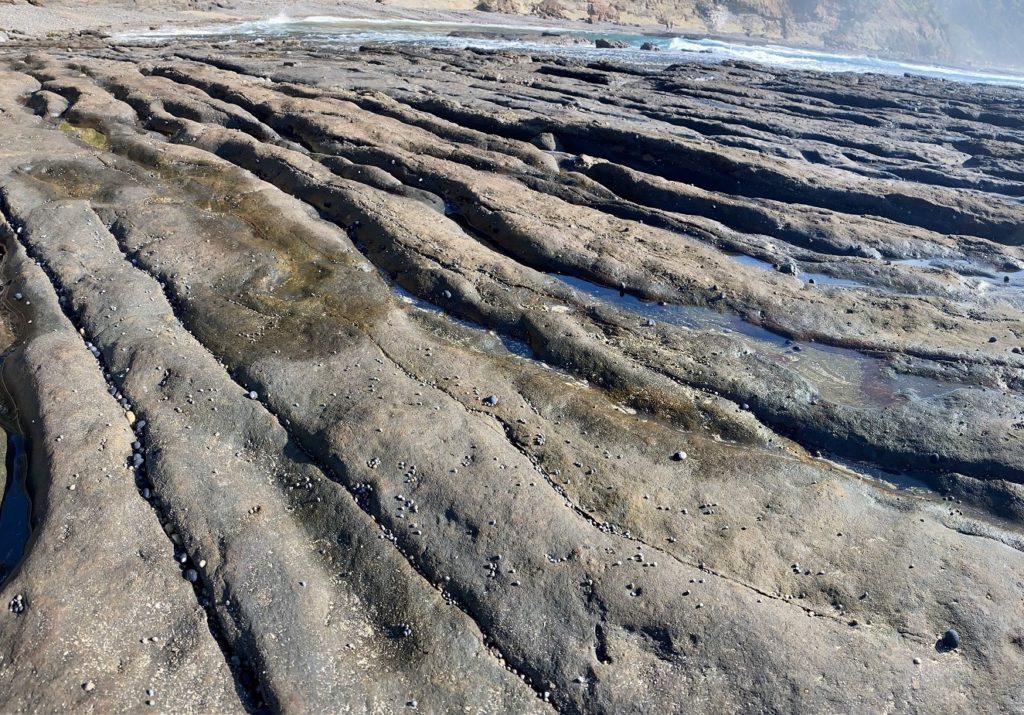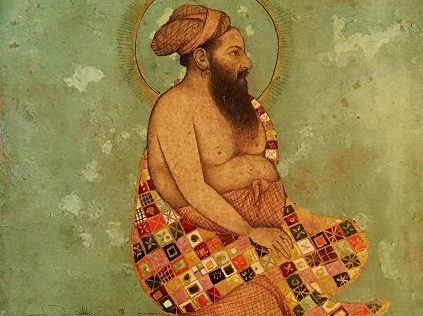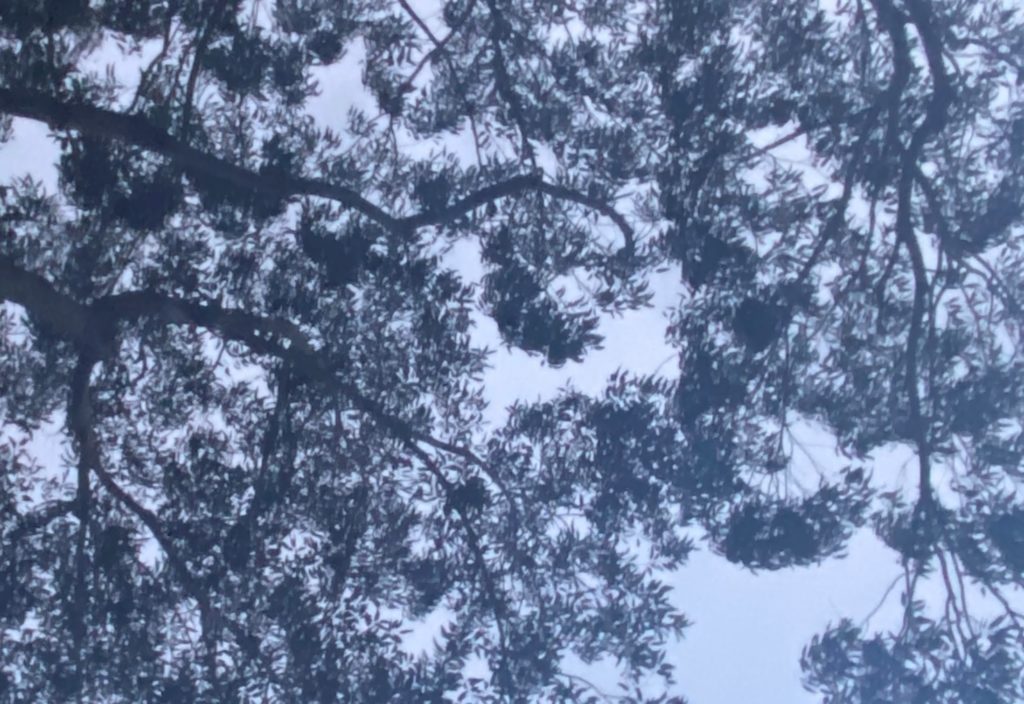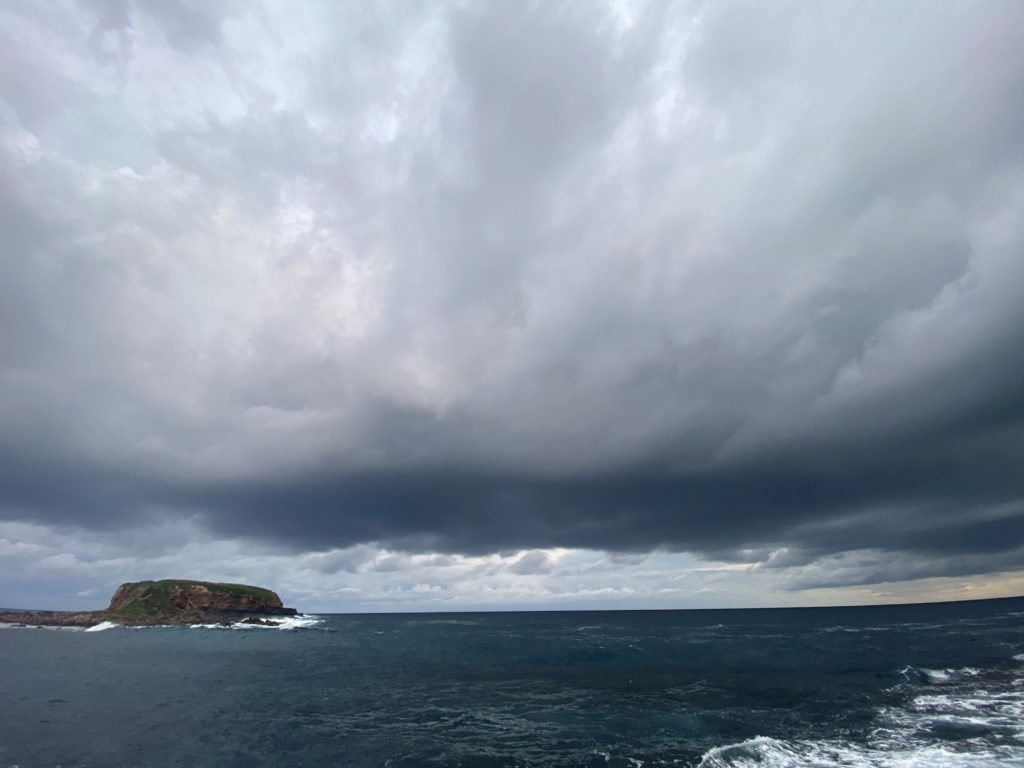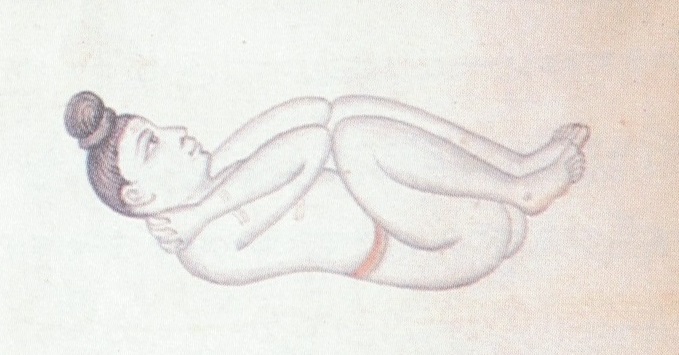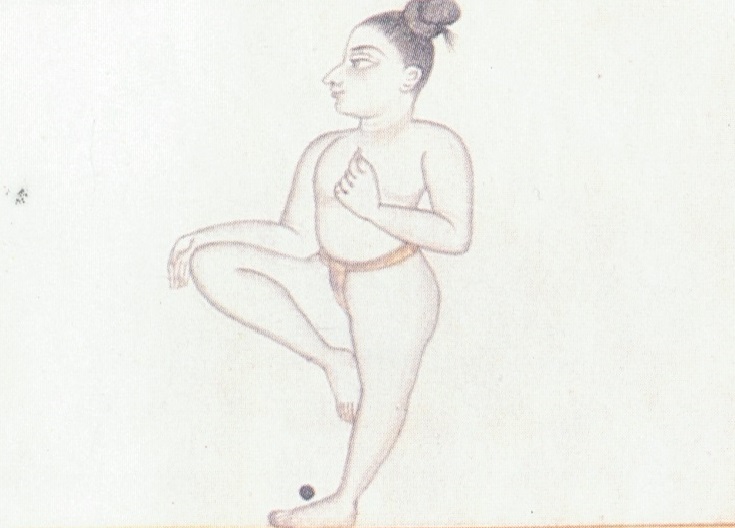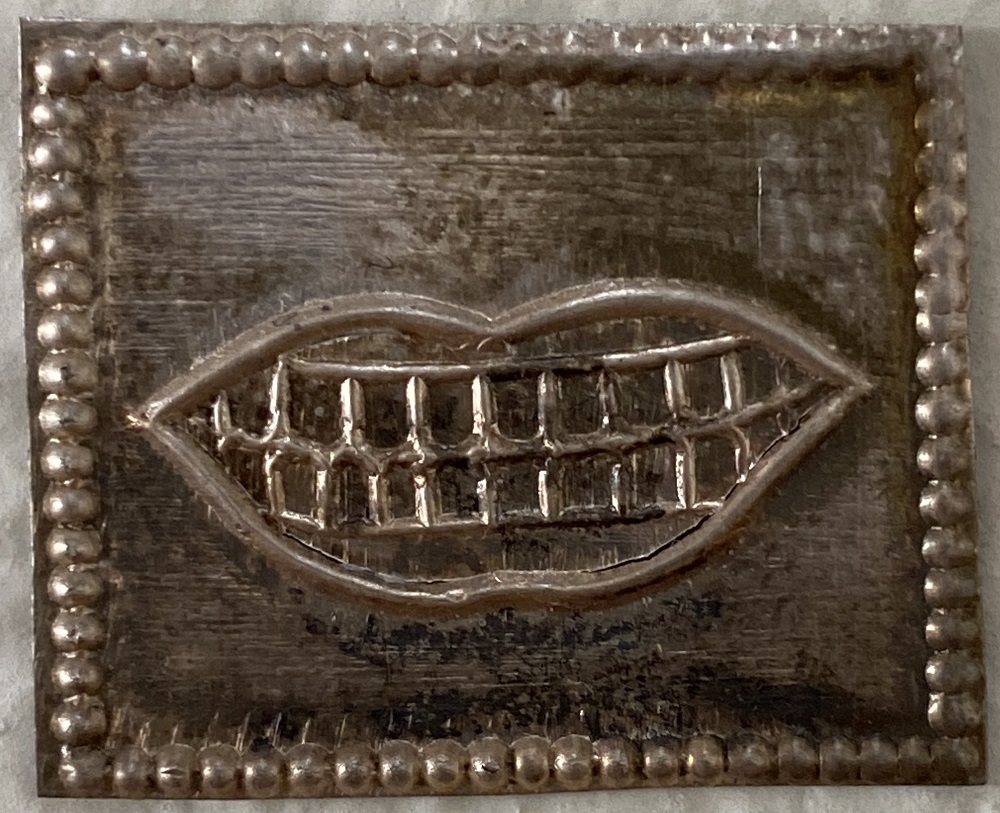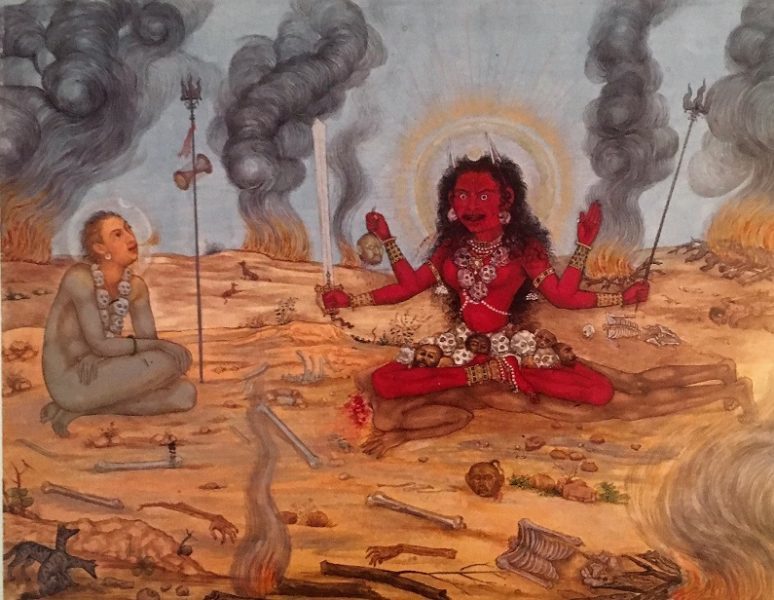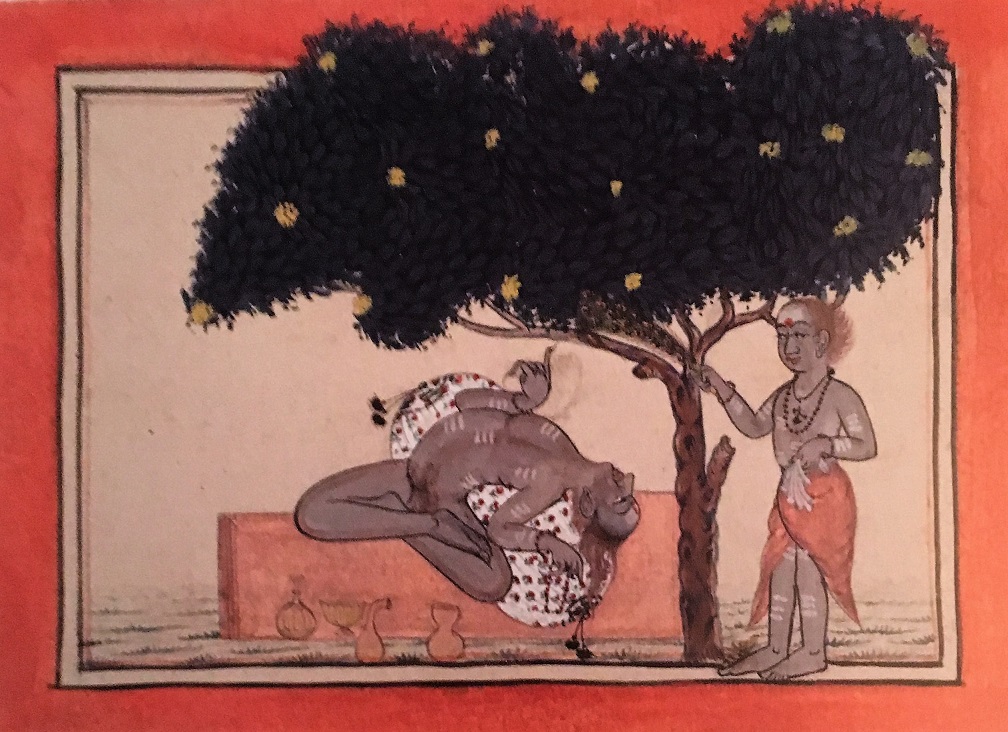P-04. Viloma-Lying
BKS Iyengar writes: ‘Loma means hair, the ‘ vi’ denotes disjunction or negation. Viloma means anti-hair or against the natural order of things. In viloma pranayama inhalation or exhalation is not a continuous process, but one that is interrupted by several pauses. For instance, if one complete inhalation were to take fifteen seconds, then in […]
P-04. Viloma-Lying Read More »

